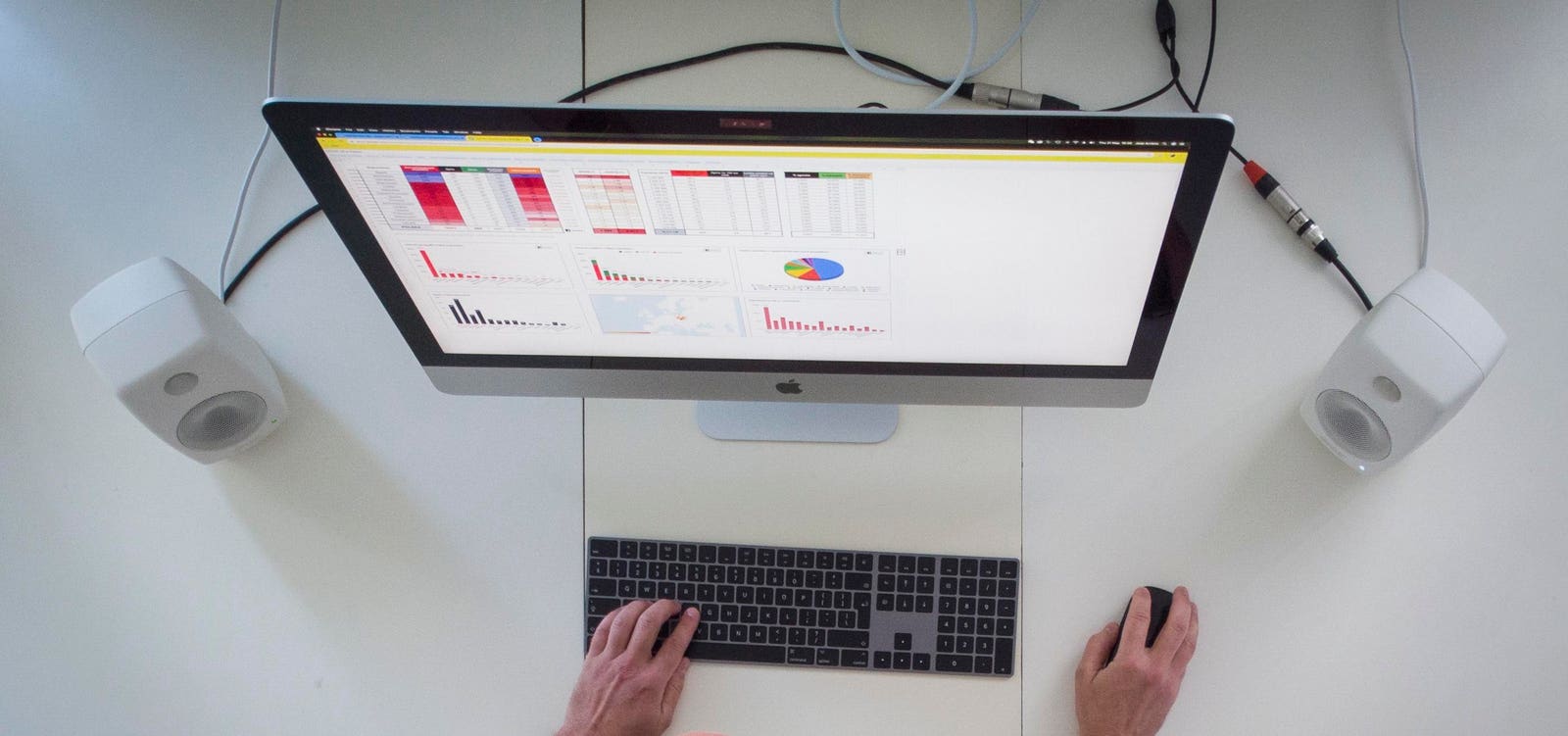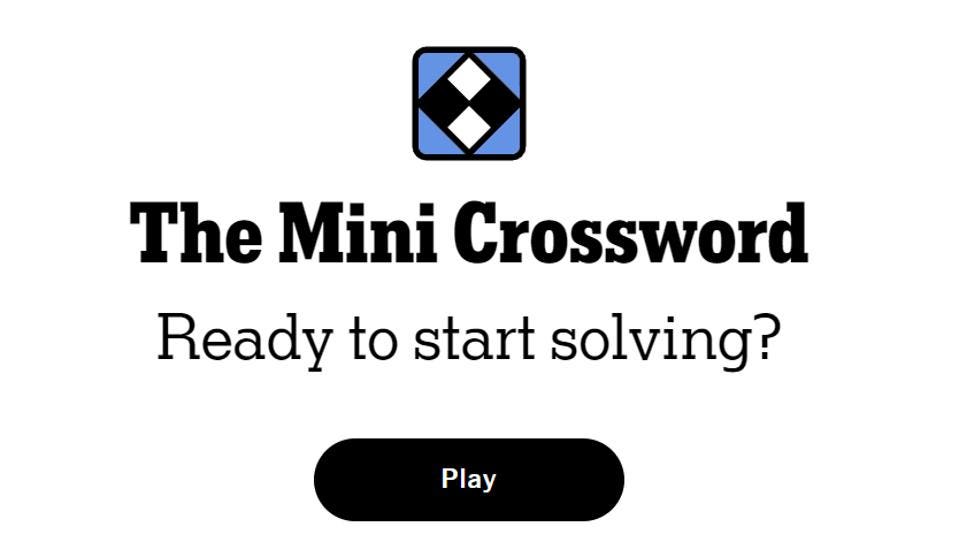TOPSHOT – A robot using artificial intelligence is displayed at a stand during the International Telecommunication Union (ITU) AI for Good Global Summit in Geneva, on May 30, 2024. Humanity is in a race against time to harness the colossal emerging power of artificial intelligence for the good of all, while averting dire risks, a top UN official said. (Photo by Fabrice COFFRINI / AFP) (Photo by FABRICE COFFRINI/AFP via Getty Images)
AFP via Getty Images
As artificial intelligence systems evolve from laboratory curiosities to mission-critical business tools, a largely invisible infrastructure layer has emerged as one of technology’s most strategic, and lucrative, battlegrounds. The big data infrastructure market stood at $209.04 billion in 2024, growing at an extraordinary 21.6% CAGR. The more niche web scraping software market reached $754.17 million in 2024 and is projected to hit $2.87 billion by 2034, expanding at a 14.3% compound annual growth rate.
This explosive growth reflects a fundamental shift: AI systems, from large language models to autonomous agents, require vast, continuously refreshed streams of real-world data. According to Browsercat’s industry analysis, 65% of enterprises now use web scraping to feed AI and machine learning projects, while the alternative data market, which includes web scraping, reached $4.90 billion in 2023.
Against this backdrop, Bright Data’s announcement of surpassing $300 million in annualized revenue, growing more than 40% year-over-year, positions the company as a dominant player in a fragmented, rapidly consolidating market.
The Market Landscape: Four Distinct Tiers
Market Map for AI’s Web Data Infrastructure providers
Josipa Majic Predin
Tier 1: The Giants (Google, AWS)
The web data infrastructure market is effectively dominated by two tech titans who operate at a different scale than all other competitors.
Google maintains the world’s largest web crawling and indexing operation, processing billions of pages daily. While primarily focused on search, Google Cloud has increasingly positioned itself as an AI infrastructure provider. According to Global Growth Insights, Google parent Alphabet holds significant market share in the broader data infrastructure space.
Amazon Web Services (AWS) commands approximately 17% of the global data infrastructure market, making it the leading cloud provider for data processing and storage. AWS’s comprehensive suite, from S3 storage to EMR for big data processing, provides the foundational layer upon which many specialized web data companies build their offerings.
Tier 2: The Enterprise Specialists ($100M+ Revenue)
Bright Data, based out of Israel, appears to be a category leader in pure-play web data, generating over $300 million in annualized revenue and operating one of the world’s largest data-collection infrastructures. It now supports 14 of the top 20 global LLM labs, 7 of the top 10 AI-first companies, and powers more than 100 million daily AI-agent interactions. Bright Data’s successful 2024 court victories against Meta and X established important legal precedents for web scraping, strengthening its market position. The company’s focus on ethical, compliant data collection, coupled with comprehensive coverage, makes it the go-to provider for Fortune 500 companies and research institutions.
Oxylabs represents Bright Data’s closest premium competitor. The Lithuanian company operates a 175+ million IP proxy pool with an approximately 99.95% success rate. Recognized as Europe’s fastest-growing web data collection company for three consecutive years, Oxylabs serves major players in e-commerce, travel, IT, and cybersecurity. While the company hasn’t disclosed exact revenue figures, analyst estimates place it at $5-25 million annually, suggesting it’s an order of magnitude smaller than Bright Data despite strong growth.
Tier 3: The High-Growth Tech Challengers ($10-50M Revenue)
Zyte (formerly Scrapinghub) pioneered open-source web scraping with Scrapy, the industry’s most popular scraping framework. The Irish company raised $3 million in debt funding and operates with a focus on AI-powered scraping APIs and end-to-end data extraction services. CB Insights named Zyte an “Outperformer” in the market landscape alongside Bright Data and Diffbot.
Apify has built the web’s largest automation marketplace with over 1,500 ready-to-use “Actors” for data extraction. The Prague-based company achieved $13.3 million in revenue in 2024, up from $7.41 million in 2023, representing approximately 80% year-over-year growth in Q4 2023. Apify raised €2.8 million in April 2024 from J&T Ventures and Reflex Capital, with the company reporting nearly €1 million in profit in 2023. Apify serves major enterprises including Siemens, Intercom, Microsoft, and T-Mobile.
ScraperAPI hit $3 million in revenue in January 2020 with 10,000 customers and has maintained strong growth since. The company focuses on simplicity and developer experience, offering a straightforward API that handles proxies, browsers, and CAPTCHAs automatically.
Tier 4: The Specialized Innovators
Diffbot (founded 2011) leverages AI, computer vision, and machine learning to automatically convert unstructured web content into structured data. The Menlo Park-based company operates a comprehensive Knowledge Graph built through autonomous crawling.
NetNut offers a unique approach by sourcing residential IPs directly from ISPs rather than peer-to-peer networks, providing faster speeds and virtually zero fail rates. This “one-hop connectivity” differentiates it in the premium proxy segment.
Decodo (formerly Smartproxy) positions itself as a cost-effective alternative to premium providers, offering 125+ million proxies with transparent pricing and strong customer service. G2 ranks Decodo as a top Bright Data alternative.
Mozenda, Import.io, Parsehub, Octoparse, and PhantomBuster round out the specialized players, each targeting specific use cases from no-code solutions to enterprise-grade custom extraction.
Market Segmentation: Who’s Winning Where
AI & LLM Training Data (The Fastest Growing Segment)
Bright Data dominates this critical segment, supporting 14 of the top 20 LLM labs. The company’s infrastructure powers the entire AI lifecycle: model training, fine-tuning, reinforcement learning, and video training for robotics.
According to Bright Data’s positioning, their offering includes:
- 5+ billion LLM-friendly records from 100+ sources
- Pre-collected HTMLs and search engine results pages (SERPs)
- Real-time web search capabilities for RAG (Retrieval-Augmented Generation) applications
- Data annotation services (automated, hybrid, and human-supervised workflows)
Appen, a 25-year veteran in training data, and Turing have emerged as specialized LLM training data providers, focusing on high-quality, proprietary human data for supervised fine-tuning (SFT) and reinforcement learning from human feedback (RLHF).
AI-First Characteristics:
- Real-time data delivery for inference
- Structured, machine-readable formats
- Compliance with AI training regulations
- Multi-modal data support (text, images, video)
- Annotation and labeling services
E-Commerce & Price Intelligence
This remains the largest end-user vertical, accounting for 36.7% of the web scraping market in 2024. Companies use these tools for dynamic pricing, competitor tracking, and inventory monitoring.
Leaders: Bright Data, Oxylabs, Zyte Tech Approach: Specialized e-commerce scrapers, anti-bot bypass, real-time pricing feeds Growth Driver: Omnichannel retail expansion and algorithmic pricing
Financial Services & Alternative Data
Banking, financial services, and insurance retained 30% of the web scraping market in 2024. A striking 67% of U.S. investment advisers use web scraping for alternative data programs, up 20 percentage points in 2024.
Leaders: Bright Data, specialized financial data providers Tech Approach: Audit trails, data lineage tracking, regulatory compliance features Growth Driver: Algorithmic trading, credit risk assessment, ESG research
Enterprise Market Research
Companies use web data for competitive intelligence, sentiment analysis, and market trend identification.
Leaders: Bright Data, Oxylabs, Zyte, Apify Tech Approach: Large-scale crawling, custom extraction, data cleaning services Growth Driver: Data-driven decision making, digital transformation initiatives
Technology Differentiation: Three Strategic Approaches
1. Infrastructure Scale & Reliability (Bright Data, Oxylabs, NetNut)
These companies compete on:
- Proxy pool size and diversity: Residential, mobile, datacenter, ISP options
- Geographic coverage: 195+ countries
- Success rates: 99%+ uptime guarantees
- Speed and throughput: High-bandwidth connections, low latency
- Ethical sourcing: Transparent consent and compensation models
Competitive Advantage: Enterprise buyers prioritize reliability and compliance over cost. Market-leading infrastructure commands premium pricing.
2. AI-Powered Intelligence (Diffbot, Zyte, Bright Data)
Next-generation providers embed artificial intelligence throughout their stack:
- Adaptive parsing: AI detects layout changes automatically
- Smart routing: Machine learning optimizes proxy selection
- Anti-bot evasion: Behavioral mimicry and synthetic fingerprints
- Auto-extraction: Computer vision identifies structured data
According to Scrapingdog’s analysis, AI-powered scrapers can achieve accuracy rates up to 99.5% and extraction speeds 30-40% faster than traditional methods. Success rates on heavily protected sites reach 80-95% with AI-enabled behavioral mimicry.
Competitive Advantage: Dramatically reduced maintenance overhead (up to 40% reduction) and improved success rates on difficult targets.
3. Developer Experience & Accessibility (Apify, ScraperAPI, ParseHub)
These platforms prioritize ease of use:
- Simple API interfaces: One-line code implementation
- Marketplace models: Pre-built scrapers for common targets
- Visual builders: No-code interfaces for non-technical users
- Open-source frameworks: Community-driven development
Apify’s marketplace approach with 1,500+ ready-to-use Actors democratizes web scraping, enabling rapid deployment without extensive development resources.
Competitive Advantage: Lower total cost of ownership, faster time-to-value, accessibility to SMBs and individual developers.
Competitive Dynamics: Incumbents vs. Disruptors
The Incumbents: Slow-Moving Giants
Traditional data providers and enterprise software companies have been surprisingly slow to capitalize on the AI data opportunity:
- Oracle, IBM, SAP offer data management platforms but lack specialized web extraction capabilities
- Accenture provides consulting but partners with specialists rather than building in-house
- Traditional data brokers focus on structured, licensed datasets rather than real-time web data
Why They’re Vulnerable: Web data extraction requires specialized technical infrastructure (proxy management, anti-bot evasion, parsing intelligence) that doesn’t align with their core competencies. The market is moving too fast for their typical development cycles.
Investment & M&A Activity: A Fragmented Market Consolidating
The web data infrastructure market remains surprisingly fragmented given its size and growth rate. Most companies are either bootstrapped (Oxylabs, Bright Data until recently) or modestly funded:
- Apify: $3.29M total raised (PitchBook)
- Zyte: $3M debt financing (CB Insights)
- ScraperAPI: Minimal disclosed funding
- Bright Data: Privately held, no disclosed institutional funding
Recent M&A Activity:
- Oxylabs acquired ScrapingBee (June 2025, undisclosed terms)
- Various tuck-in acquisitions of specialized scraper services
What This Means: The market is ripe for consolidation. Expect private equity firms and strategic acquirers (cloud providers, enterprise software companies, AI companies) to increasingly pursue web data infrastructure targets.
The Road Ahead: Five Predictions for 2025-2027
1. Continued Consolidation
Expect 5-10 significant acquisitions as market leaders (Bright Data, Oxylabs) acquire specialized capabilities and geographic presence. Cloud providers may make strategic moves.
2. AI-Native Becomes Table Stakes
Within 18 months, AI-powered parsing, adaptive extraction, and natural language interfaces will be expected features, not differentiators. Companies without these capabilities will struggle to compete.
3. Regulation Reshapes Competitive Dynamics
New data protection rules, particularly around AI training data, will favor established providers with robust compliance infrastructure. The U.S. Department of Justice’s 2025 rules restricting sensitive data flows to foreign adversaries may accelerate domestic provider growth.
4. Video/Multi-Modal Data Explosion
As robotics and autonomous systems advance, demand for video training data will surge. Companies positioned for high-bandwidth, low-latency video extraction will capture this emerging segment.
5. Pricing Pressure from AI Commoditization
Basic scraping capabilities may face pricing pressure as LLMs become more capable. However, specialized, compliant, high-reliability services will command premium prices as stakes increase.
Conclusion: The Infrastructure Layer for Intelligence
The web data infrastructure market represents a rare combination: explosive growth driven by AI adoption, technical moats that prevent easy replication, and some early market leaders that haven’t yet captured dominant share. With the sector still fragmented and many incumbents absent or ineffective, opportunities remain for both investors and operators.
Milestones such as Bright Data’s $300 million revenue demonstrate that this market can support large, successful companies with strong unit economics. As AI systems proliferate and demand for real-time, reliable web data intensifies, the companies that built this infrastructure layer early will be well-positioned to capture disproportionate value.
The web may be free to browse, but accessing it at scale, reliably, and compliantly is becoming one of technology’s most valuable services. The companies that provide this infrastructure are, quite literally, building the data foundation upon which the next generation of artificial intelligence will be trained.









